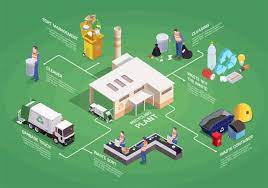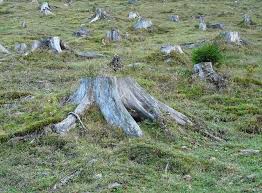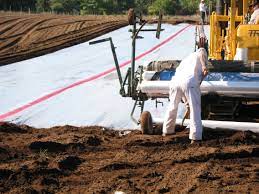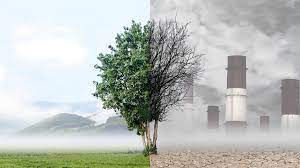Hazardous Materials Management Guide
The United States Environmental Protection Agency (EPA) has compiled a list of extremely hazardous materials for which records must be kept by the local Emergency Planning Committee and the State Emergency Response Commission.
EPA has also set up Threshold Planning Quantities (TPQs) and Reportable Quantities (RQs) for each material on the list. The TPQ is the amount which if held instorage at a facility, must be reported to the local Emergency Response Commission.
The RQ is the amount which, if accidentally released into the environment through misapplication or spillage, must be reported to the Commission. Among the hazardous materials on the EPA list are numerous pesticide active ingredients.
Facilities that use or store the TPQ of any of the chemicals on the list of extremely hazardous materials must furnish Material Safety Data Sheets (MSDS’s) for those chemicals and file annual inventories with the local Emergency Planning Committee and the State Emergency Response Commission. The MSDS’s are provided by the chemical manufacturers.
Spill and leak procedures
Methyl bromide product directions recommend that if a spill or leak occurs, fumigators should evacuate the immediate area of the spill or leak, then use a respirator to go back into the affected area to correct the problem.
The spill should be allowed to evaporate and no one should enter the spill area without respiratory protection until the concentration of methyl bromide isles than 5 ppm.
Remove leaking containers to an isolated area and cover them with a polyethylene sheeting (tarp) at least 4 mm thick. Place the edges of the tarp in a trench and seal them with soil, tamped down tight.
Contaminated soil, water, and other cleanup debris comprise a toxic/hazardous waste. If the Reportable Quantity is 1,000 pounds of methyl bromide is exceeded, the spill must be reported to the local Emergency Response Commission.
A spill of aluminum or magnesium phosphide products may generate high levels of phosphine gas, hence all personnel must wear a respirator for spill cleanup. DO NOT USE WATER AT ANY TIME to clean up these spills; water speeds up the production of phosphine, which could result in a toxic or fire hazard. The RQ for phosphine is 100 pounds.
If aluminum flasks have been damaged enough to leak, temporarily repair them with aluminum tape, or transfer the undamaged product to a sound metal container.
If a spill is only a few minutes old, return intact products to the original flasks, or to another sound metal container stoppered tightly. Remember to properly label the alternate container.
If you do not know the age of the spill, or if the product has been contaminated with soil, water, or debris, gather up the spillage and place it in a small ope bucket of less than 1 gallon capacity, with no more than 2 or 3 pounds of spillage per bucket.
Carry out wet deactivation if feasible; if not, carry spillage in an open vehicle to a suitable area and deactivate it there. Small amounts of spillage (up to 18 pounds of product) may be spread out in an open area to be deactivated by atmospheric moisture.
In conclusion, from the foregoing, it can be concluded that since fumigants are broadly toxic and hazardous to use, fumigations must be done by highly skilled and experienced, licensed fumigators.
For space fumigation to be done successfully, it must be carried out in enclosed spaces, structures or sites that must be tightly sealed.
Fumigators must use protective equipment to prevent injury or loss of life if they are likely to be exposed to gas levels above the allowable limits. It is necessary to follow exactly the label recommendations concerning specific protective equipment and clothing for each fumigant product.
Read Also : Soil Fumigation, Importance and Types of Fumigation
Fumigation is the use of poisonous gases to kill pests in an enclosed area and it is the most effective way to reach pests in their most remote hiding places.;

The two types of fumigation commonly used are space fumigation and soil fumigation;
Factors modifying fumigant effectiveness when selecting a formulation include 1) pests to be controlled, 2) temperature, 3) moisture, 4) structure to be fumigated, and 5) method of application;
Most fumigants are highly toxic and can cause serious illness or death if small amounts are inhaled;
All fumigant products must be stored in a locked, dry, well- ventilated place away from heat; and
A spill of aluminum or magnesium phosphide products may generate high levels of phosphine gas, hence all personnel must wear a respirator for spill cleanup.



